5 writing wheels that provide stimulus ideas for narrative writing.
Use these stimulus wheels to provide ideas for your students during narrative writing sessions.
Put this resource in a writing center for students to determine a topic for narrative writing; alternatively, the teacher could spin one of the wheels in order to provide a stimulus for the whole class to use.
Five different writing wheels are included, containing 40 different ideas for narrative writing.
This resource pairs nicely with our Writing a Narrative Template.
[resource:2657710]
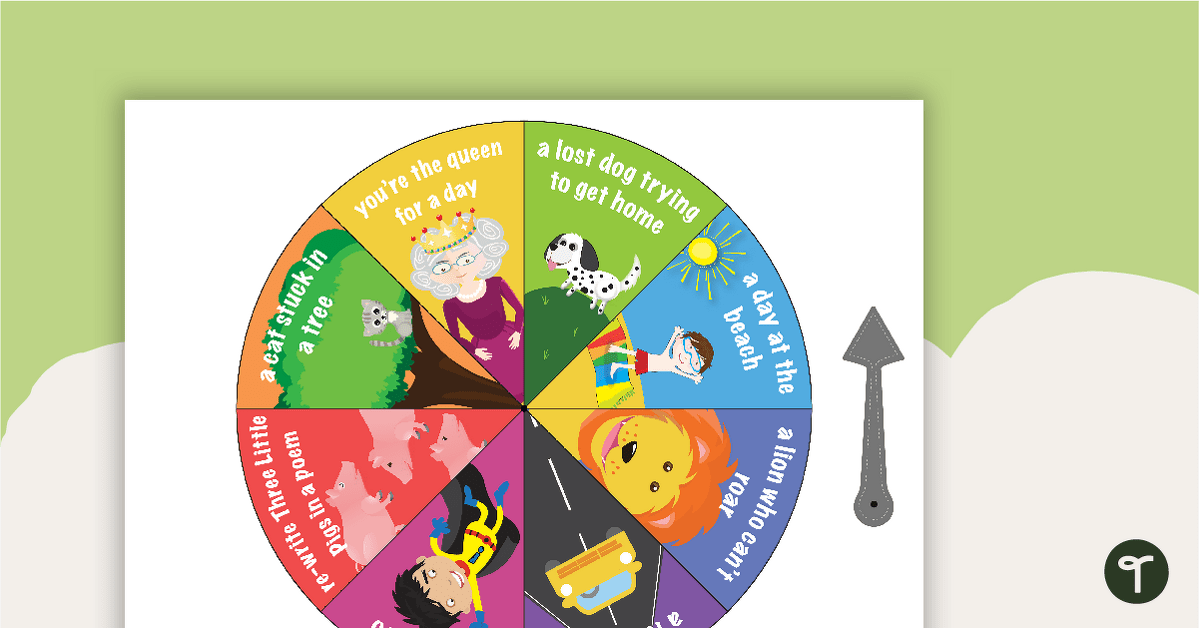
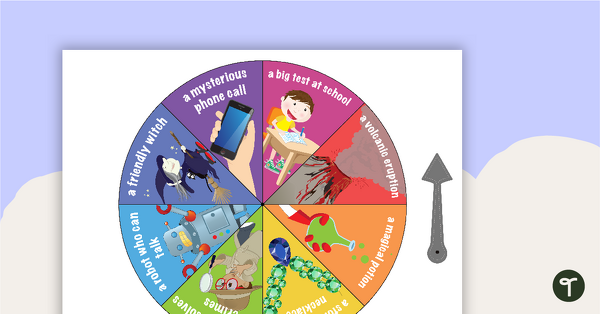
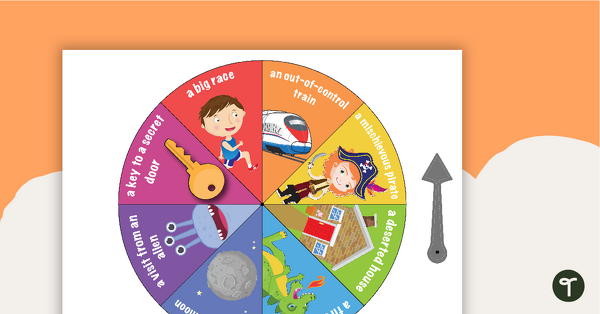
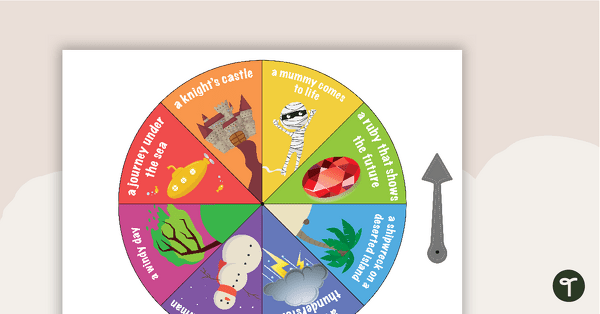
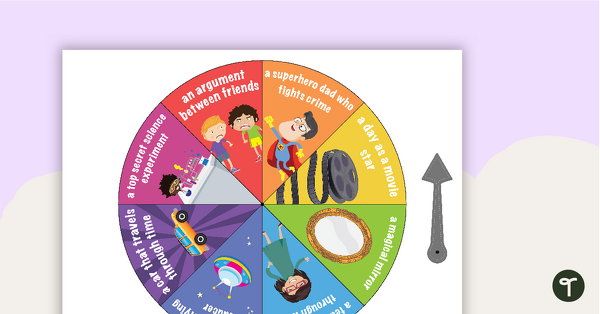

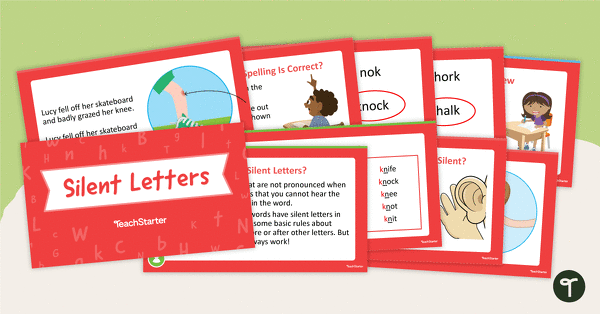
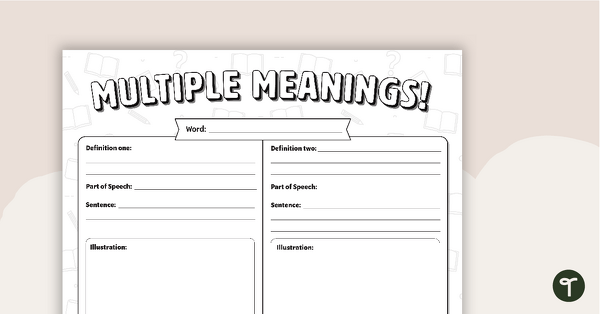
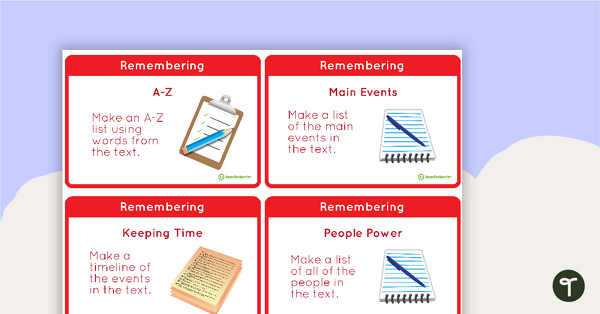
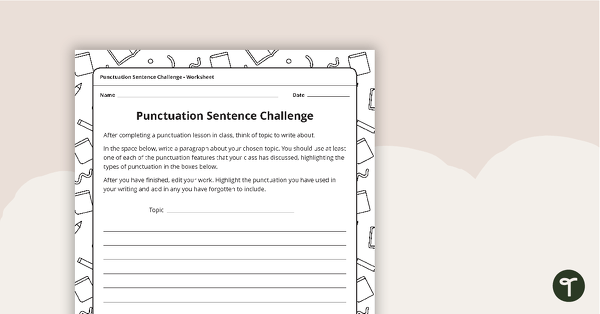
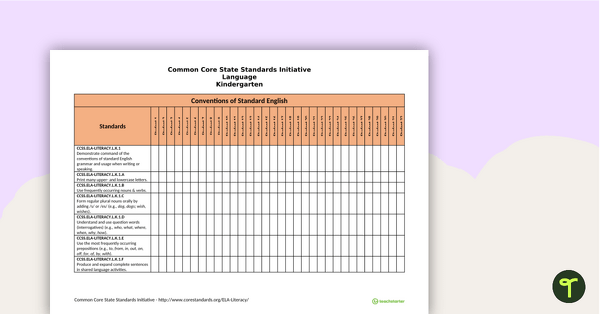
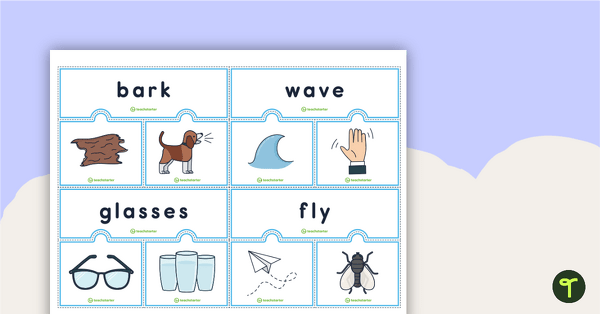
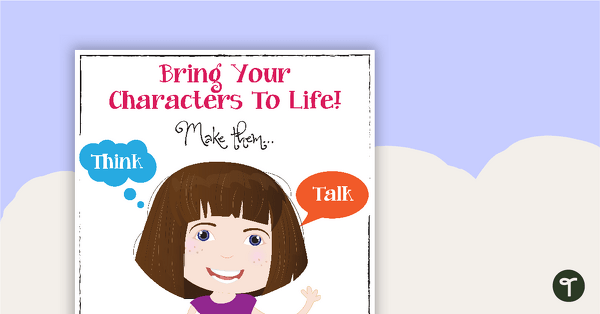
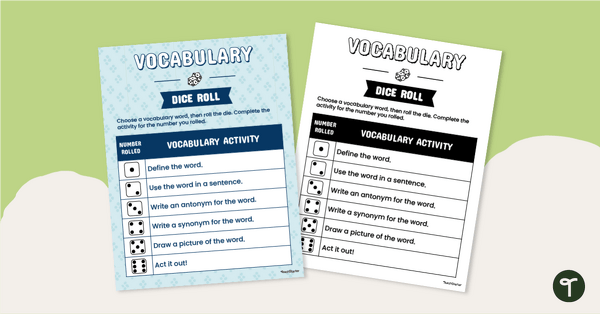
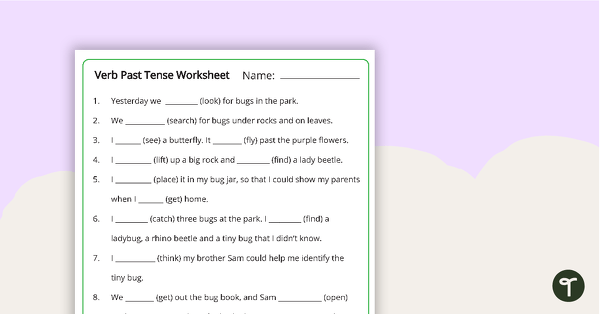
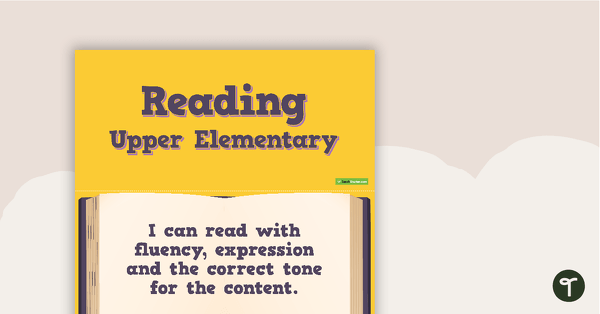
0 Comments
Write a review to help other teachers and parents like yourself. If you'd like to request a change to this resource, or report an error, select the corresponding tab above.